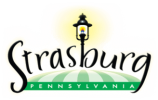Want to learn more about Amish traditions, culture, and heritage? Want to see how The Amish Village changes over the seasons? We pack our blog with helpful articles all about the Amish culture and some news about The Amish Village.
Meet the Adorable Amish Farm Animals at The Amish Village
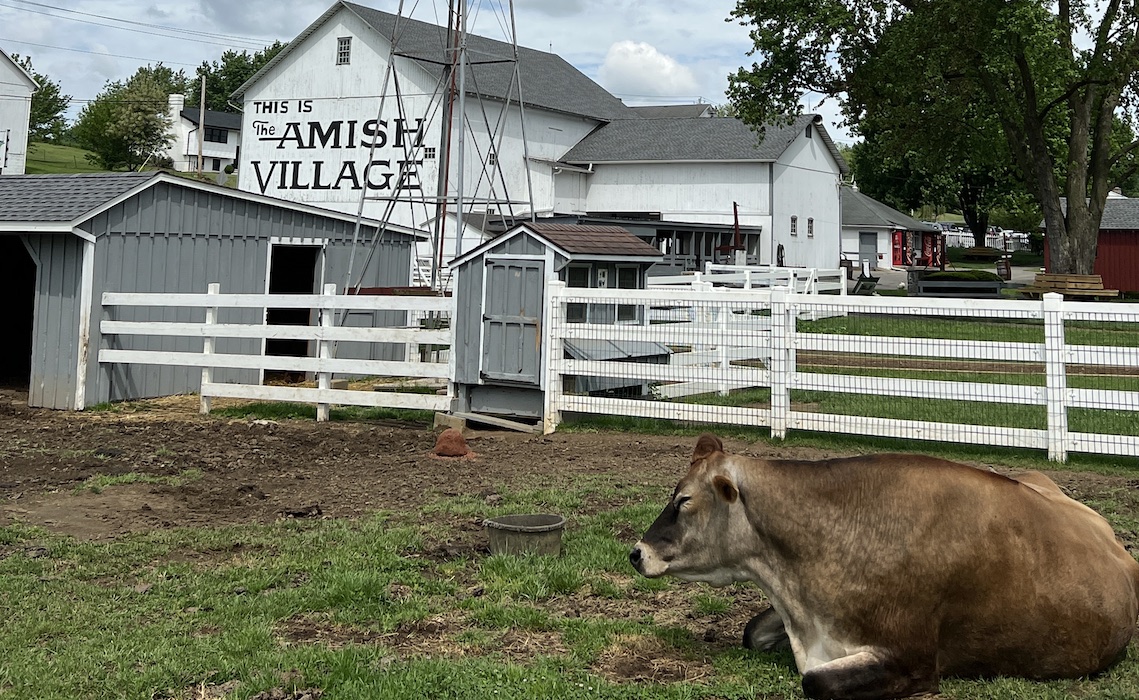 Experience the joys of spring in Lancaster County Amish Country at Amish Village, where our barnyard friends are eagerly awaiting your visit. Here are a few things you’ll learn from this blog, and if you visit for an Amish farm tour:
Experience the joys of spring in Lancaster County Amish Country at Amish Village, where our barnyard friends are eagerly awaiting your visit. Here are a few things you’ll learn from this blog, and if you visit for an Amish farm tour:
- What kind of animals do the Amish have on their farms?
- What animals can you see at Amish Village?
- Are there different types of horses on an Amish farm?
- Why do Amish farms have peacocks?
The Essential Roles of Animals on an Amish Farm
The Amish lifestyle is deeply rooted in tradition, simplicity, and self-sufficiency. A key aspect of this way of life is the reliance on animals for various farm duties. Unlike modern farms that often utilize advanced machinery, Amish farms depend heavily on their animals for labor, transportation, and production. Here’s a look at the vital roles and jobs of animals on an Amish farm:
- HorsesPrimary Role: Transportation and Fieldwork
Draft Horses: Breeds like the Belgian, Percheron, and Clydesdale are commonly used as draft horses. They are essential for pulling plows, harrows, and other heavy farm equipment, particularly during planting and harvesting seasons. Their strength and endurance make them invaluable for tilling fields and moving heavy loads.
Driving Horses: Smaller and lighter breeds such as the Standardbred are used for transportation. These horses pull buggies and wagons, providing the primary means of travel for the Amish. They are crucial for daily errands, visiting neighbors, and attending church services. - MulesPrimary Role: Versatile Farm Work
Mules, being a hybrid of a horse and a donkey, inherit the strength and stamina of their parents. They are particularly valued for:
Plowing and Harrowing: Mules are often preferred for their resilience and ability to work longer hours without tiring. They are used for various field tasks, from plowing to harrowing.
Transporting Goods: Mules are also used to pull carts loaded with produce, supplies, and other goods. Their ability to navigate difficult terrains makes them especially useful in hilly or uneven areas. - PigsPrimary Role: Meat Production and Waste Management
Feeder Pigs: Pigs are raised for their meat, which includes pork, bacon, and ham. They are an essential part of the Amish diet and are often butchered on the farm.
Waste Consumers: Pigs are also excellent at recycling food scraps and waste, helping to manage farm refuse efficiently. - SheepPrimary Role: Wool and Meat Production
Amish Sheep Wool: Breeds like the Merino or Romney are kept for their wool, which is sheared annually. The wool is spun into yarn and used for making clothing, blankets, and other textiles.
Meat Sheep: Some sheep are raised for their meat, providing lamb or mutton for the family. - GoatsPrimary Role: Milk and Meat Production, and Weed Control
Dairy Goats: Breeds like the Nubian, Saanen, and Alpine are prized for their milk, which is often used for drinking, cheese-making, and other dairy products.Grazers: Goats are also effective at controlling weeds and brush, helping to maintain pastures and clear unwanted vegetation.
Meet Some of the Farm Animals at The Amish Village
Our barn is a haven for many rescued farm animals, including pigs, goats, donkeys, sheep, chickens, miniature horses, and more. At The Amish Village, we prioritize the comfort, safety, and well-being of our animals. We shower them with love and care, ensuring they feel right at home. After fun-filled days of interacting with guests, our animal friends enjoy relaxing evening strolls around our barnyard.
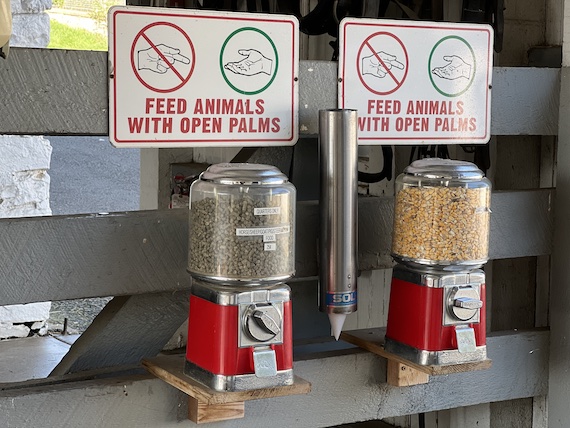
Molly The Mule:
Molly, our affectionate mule, is always ready to greet visitors with a warm welcome. She loves being fed and posing for photos with our guests. Don’t miss the chance to say hello to Molly and capture a memorable moment with her!
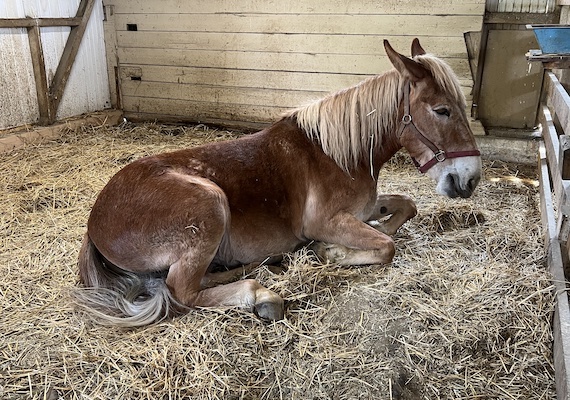
Mr. Ed The Horse:
Housed in our barn alongside our other rescued animals, Mr. Ed is known for his photogenic charm. He adores the attention he receives from visiting families, and enjoys pets and treats from his admirers. Make sure to stop by Mr. Ed’s stall, greet him, and snap a photo with this gentle giant.
Fun Q&A: What kinds of horses do the Amish use?
Most Amish families have one or two driving horses, and if they live on a farm, six to eight Amish draft horses or mules for fieldwork. Driving horses for Amish horse and buggies are often retired trotters or pacers from the race track, and are usually bought at auction in New Holland, PA. Draft horses are usually Belgians or Percherons. Teams of 2-8 pull the farm equipment.
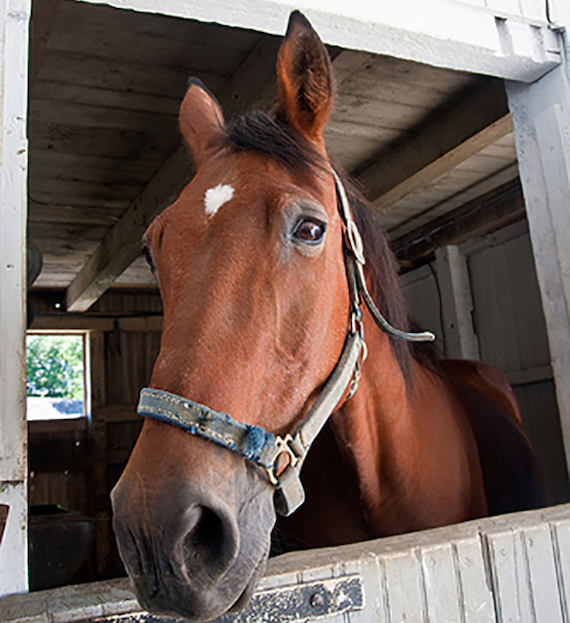
Jakey The Pig:
Jakey, our delightful potbellied pig, loves nothing more than posing for pictures with visitors. When he’s not hamming it up for the camera, you can find him indulging in long naps and savoring tasty treats.
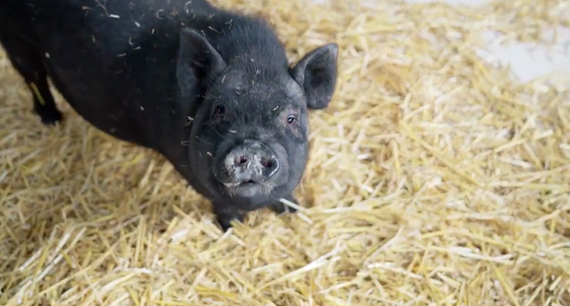
Amish Barnyard Birds:
You’ll find additional animals around the barnyard including a peacock. Why do the Amish have peacocks you might ask? Peacocks can serve the same purpose as a watchdog: they make a loud screaming noise when they see or hear anything out of the ordinary! Amish farms often have many different kinds of birds; chickens are the most common, but others include ducks, geese, and turkeys.
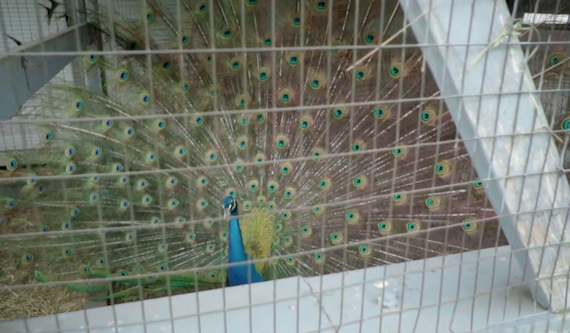
Come Visit
Join our Farmhouse and Village Tour to discover more about Amish farm life and the significance of these animals, and create unforgettable memories with our friendly animal faces along the way.
What’s it like to visit?
Check out this video:
Download our Barnyard Friends Coloring & Activity Book
The Amish Village Barnyard Friends Coloring & Activity Book captures the charm of The Amish Village. With coloring pages, word searches, and word scrambles, it’s perfect for all ages. Dive into the simple, wholesome life of the Amish countryside, meeting playful goats and serene cows along the way.


